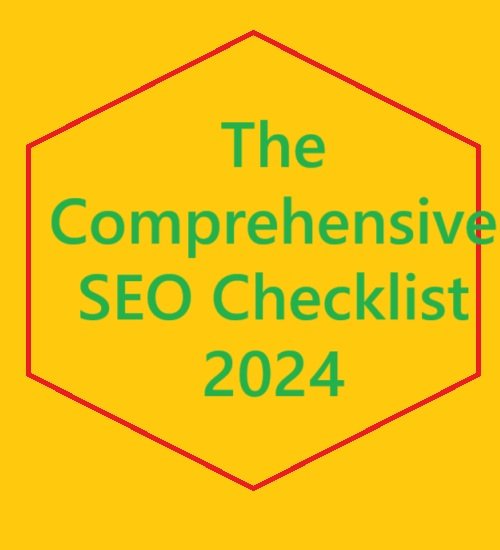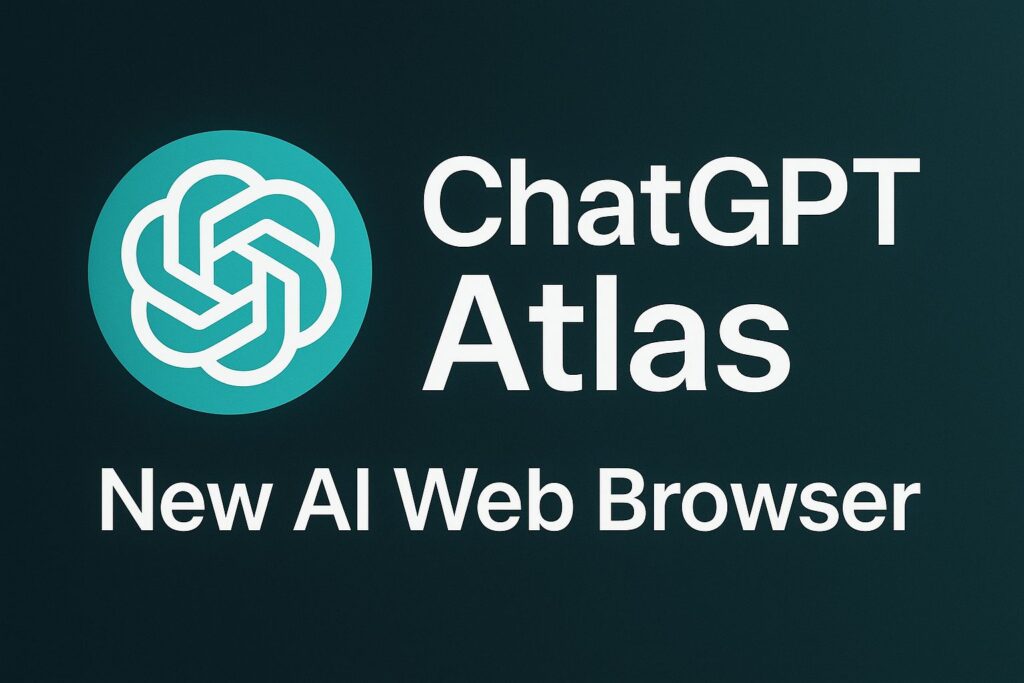Search engine optimization (SEO) involves optimizing a website to achieve higher rankings in search engines like Google. The higher a site ranks for relevant keywords, the more organic traffic it receives from people searching for those terms.
SEO encompasses numerous ongoing tasks and responsibilities. From technical website health to content creation to backlink building and beyond. It’s easy to get overwhelmed or let certain aspects slip through the cracks.

That’s where an SEO checklist comes in handy! A checklist allows you to track key SEO tasks that need to be addressed and optimized regularly. It functions as a roadmap to search engine success.
In this comprehensive guide, we will explore the value of SEO checklists and provide actionable tips under each area of optimization. With a detailed checklist to work from, website owners can systematize their SEO efforts, manage their website’s search presence, and ultimately drive more organic traffic by ranking higher.
Why Have an SEO Checklist?
Here are some of the key benefits of maintaining an SEO checklist:
Organizes all SEO tasks in one place for easy reference. Prevents important tasks from being forgotten.
Functions as a prompt to regularly analyse and improve a website’s SEO status. Keep SEO top of mind.
Helps prioritize most important SEO tasks and identify issues. Focuses efforts on high-impact areas first.
Allows for tracking SEO progress over time as tasks get checked off. Provides accountability.
Makes it easy to delegate SEO tasks to team members by assigning checklist items. Improves collaboration.
Provides a structured SEO audit process when first optimizing new websites or diagnosing issues.
Adapt the checklist as SEO priorities shift. Customize it for different sites and needs.
On-Page Optimization Checklist
Proper on-page SEO signals relevancy and authority to search engines.
Include keywords in meta title – ideally within the first 55 characters.
Meta description incorporates keywords and compelling page summary – under 160 characters.
Feature H1 and H2 tags with keywords – one H1 per page. Break up text with headers.
Use keywords appropriately within URL structure – short, hyphenated, descriptive.
Images, media have short keyword-rich file names and descriptive alt text.
Internal links use keyword anchor text pointing to relevant pages.
Include outbound links to authority resources – vary anchor text.
Create unique, compelling page title/meta for every page. Avoid duplication.
Check page content length – thin pages hurt, but avoid keyword stuffing. Target over 1000 words.
Review page for proper keyword density of 1-3%. Avoid over-optimization.
Off-Page Optimization Checklist
Gaining backlinks remains important for establishing domain authority and relevance.
Build a link prospect list – find websites to pitch guest posts and earn links.
Create and distribute great link-worthy assets – like guides, research reports, data studies.
Pursue high-authority editorial-based links over spammy web 2.0s and comments.
Guest post and contribute content to quality external websites regularly. Aim for 1-2 per month.
Promote and pitch existing website content outreach-style.
Participate actively in discussion forums and communities relevant to your industry.
Publish and share content on social media to gain followers and clicks back to your site.
Leverage brand mentions and press coverage opportunities for backlink acquisition.
Analyse competitors’ backlink profiles for ideas and identify link building targets/opportunities.
Technical SEO Checklist
Technical SEO establishes the proper website infrastructure and backend needed for good SEO.
Make sure website pages load quickly. Test site speed.
Ensure the website is mobile-friendly and optimized for mobile.
Implement responsive design if the site is not optimized for mobile devices.
Confirm the website has eliminated duplicate content issues. Set canonical URLs.
Verify robots.txt and sitemap.xml are configured properly and submitted in Search Console.
Check for crawl errors in Search Console. Address any blocking robots.txt or meta noindex issues.
Install Google Analytics and connect with Search Console to align data.
Set up conversion tracking for forms, phone calls, PDF downloads, email signups, and other goals.
Make sure SSL certificate is installed for website security over HTTPS.
Test site for broken links, redirects, and 404 errors. Fix faulty URLs.
Include alt text descriptions on all images. Optimize file names and sizes.
Leverage structured data markup schemas on eligible pages.
Claim and optimize online listings, especially the Google My Business page.
Content Optimization Checklist
Optimizing content around keywords helps pages rank for relevant searches.
Conduct keyword research to identify high-potential target keywords.
Optimize existing website content around focus keywords and intent.
Create blog and long-form content that targets researched keywords.
Include keywords naturally throughout content and use synonyms/related terms.
Follow keyword theme consistency from title through H1, text, headers, URL, meta.
Create optimized meta titles and descriptions for every page. Check for length limits.
Add keywords to the image file name and alt text.
Produce regular fresh website content. At least 1 new blog per week. More is better.
Update old popular content by improving information or expanding into new formats.
Promote new content through email newsletters, social posts, internal links.
Repurpose existing evergreen content into new mediums like video, podcast, etc.
Performance Checklist
Fast-loading pages lead to lower bounce rates and better conversions.
Test website speed and performance on mobile and desktop using Google PageSpeed, Pingdom, WebPageTest.
Address excessive server response time – optimize database queries, upgrade hosting if needed.
Minify CSS, JavaScript, and HTML files. Eliminate unnecessary code and condense files.
Compress images and media files. Resize responsively for mobile screens.
Implement browser caching and a content delivery network (CDN) to more efficiently serve assets.
Defer offscreen media like images/videos below the fold until needed. Lazy load when scrolled into view.
Eliminate render-blocking resources as much as possible – leverage asynchronous code loading.
Optimize web fonts for faster loading – remove unused characters, turn on font subsetting.
Limit redirects. Every jump costs milliseconds of speed.
Aggregate/minify third-party scripts when possible. Reduce http requests and kilobytes.
Analytics and Tracking Checklist
Measure SEO success and diagnose issues through analytics.
Review Google Analytics frequently – monitor Organic Keywords report.
Track ranking positions and clicks in Search Console to analyze performance by keyword.
Analyze behaviour flow reports – bounce rates, goal completions, top entry pages.
Monitor site crawl errors in Search Console. Stay on top of index coverage.
Set up analytics dashboards/short cuts to easily access important reports.
Alert yourself of ranking increases/decreases and traffic changes.
Filter analytics data by landing page and source to identify top SEO content.
Review analytics to unlock insights and trends to capitalize on.
Document analytics review takeaways and translate into SEO action items.
Monitoring and Maintaining Checklist
SEO is an ongoing process requiring vigilance and upkeep.
Check rankings consistently – daily if possible. Catch ranking gains or losses immediately.
Review SERPs for your top target keywords – monitor the competition, emerging trends.
Stay updated on Google algorithm changes and best practices. Adapt SEO accordingly.
Perform regular technical SEO audits using a crawler like Screaming Frog or DeepCrawl.
Continuously optimize existing content – improve pages that could rank higher.
Refresh old but evergreen content by updating stats, adding new supporting facts/data.
Remove thin, low-value content that distracts from stronger pages. Consolidate where possible.
Look for fresh linking opportunities as new sites pop up within your niche.
Brainstorm creative linkbait content ideas and assets to produce.
While checklists act as a guide, SEO does require custom strategizing based on your website, niche, and target audience. Continuously test and refine your approach based on measured results. But diligently working through SEO checklists allows you to systemize the optimization process, track website progress over time, and ultimately gain more organic traffic by ranking higher in SERPs for your priority keyword targets.
Discover more from TechResider Submit AI Tool
Subscribe to get the latest posts sent to your email.




